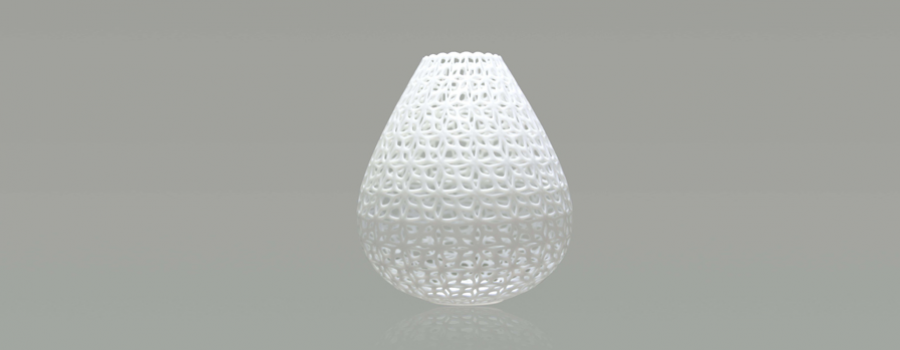
The photoinitiator absorbs light and is responsible for generating free radicals. High-energy free radicals cause cross-linking between the unsaturated sites of monomers, oligomers and polymers. It can be said that the most important additive is the photoinitiator for UV curing adhesives.
Typical photoinitiators for UV curable acrylic systems are based on aromatic ketone compounds. Often more than one photoinitiator is used to provide curing for a particular radiation source. The photoinitiator package also needs to be optimized for a given adhesive thickness and UV dosage. The photoinitiator not only determines the way of curing, but also determines the location of curing. For example, high surface curing photoinitiators tend to increase shear performance while destroying the viscosity of the system. A good fully cured product may make the surface very sticky, but exhibits poor cohesive strength due to poor surface crosslinking.
"Some UV curing adhesives contain a combination of UV and IR initiators to take advantage of the IR output produced by many UV lamps. Sometimes, photoactive crosslinkers are used to improve cohesive strength without affecting adhesion and peeling. An example of a UV curable formulation is shown. The basic requirement of UV curing is that the adhesive must be transparent to UV light to be cured. Filled or colored adhesives can cause curing challenges. Another disadvantage is that a transparent substrate is usually required and a limited curing depth can be achieved. These shortcomings are usually overcome by the development of dual-cure adhesive systems. In these systems, two independent curing mechanisms are combined into a single formulation. The adhesive can be cured by UV radiation to a chemically stable state, and then fully cured by a second method such as thermal curing.